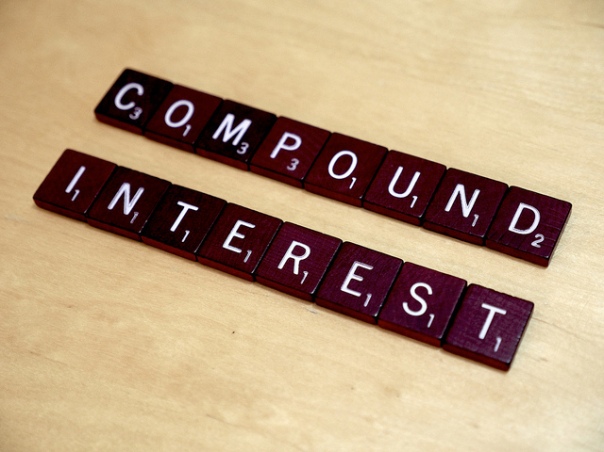“Value nurturing sounds great, but first we need to prioritize lead generation.”
Lead generation almost always takes priority over customer retention efforts. According to a recent study by Regalix Research, only about one in four B2B marketers plans for customer retention. The rest are simply too busy getting new leads.
I understand, really. Before you can worry about customer loyalty, you need the customers.
But neglecting customer nurturing at the outset can cost you dearly in the long run. The best metaphor I can think of is planning for retirement.
Why Customer Retention Planning is Like Retirement Planning

It’s a truism of retirement savings that the earlier you start, the more savings you can accumulate. Start saving for retirement in your twenties, and you’ll be well ahead of those who don’t start until their thirties or forties, even if you’re putting away a relatively small amount each year.
This is true for two reasons:
- First and foremost, there’s the magic of compounding interest over time. If you put away money in your twenties and then stop, you outperform those who don’t start until their thirties or later. Time is on your side.
- Second, saving for retirement in your twenties establishes the habit of living on a little less than you make. Even if that’s painful during when the income is low, the habit is powerful.
The same two arguments apply to planning for customer retention and customer loyalty. Whether you’re launching a new company, product or service, the time to start planning for ongoing customer loyalty is at the outset, not long after you have an established customer base.
Customer retention, like interest, is a compounding metric. Its impact grows over time.

The compounding impact of customer retention rates (without new customer acquisition)
If you’ve got 1,000 customers and a customer retention rate of 85 percent, at the end of four years you’ll be down to 522 of those original customers, while losing 15 percent of any new customers you acquire. If you can improve customer retention rates to 90 percent, then you’ll have 656 of those original customers after four years, and more of the new ones as well.
If those customers are loyal, they’ll not only keep coming back but they’ll refer your business to others. In other words, they’ll do lead generation work for you.
Embedding the Long-Term Perspective Into the Culture
Planning for retention from the start of a business or product establishes a culture of listening to and attending to customer needs from the outset.
In the early days of a company or a product, you have the most opportunity to engage with customers individually. Take the opportunity to build customer retention and loyalty strategies not just into marketing, but also into the corporate culture. When you start with a focus on the long-term customers, you’re less likely to fall into the trap of measuring success based on short-term metrics, such as new lead acquisitions or customers.
Don’t try to build long-term customer relationships using short-term metrics.
If you’re interested in the topic, download my free ebook on Customer Retention Marketing. And I welcome any thoughts or ideas you have on the topic.
Image: [cc] by LendingMemo.com.


Pingback: Taking the Long View in Startup Marketing | Anne Janzer